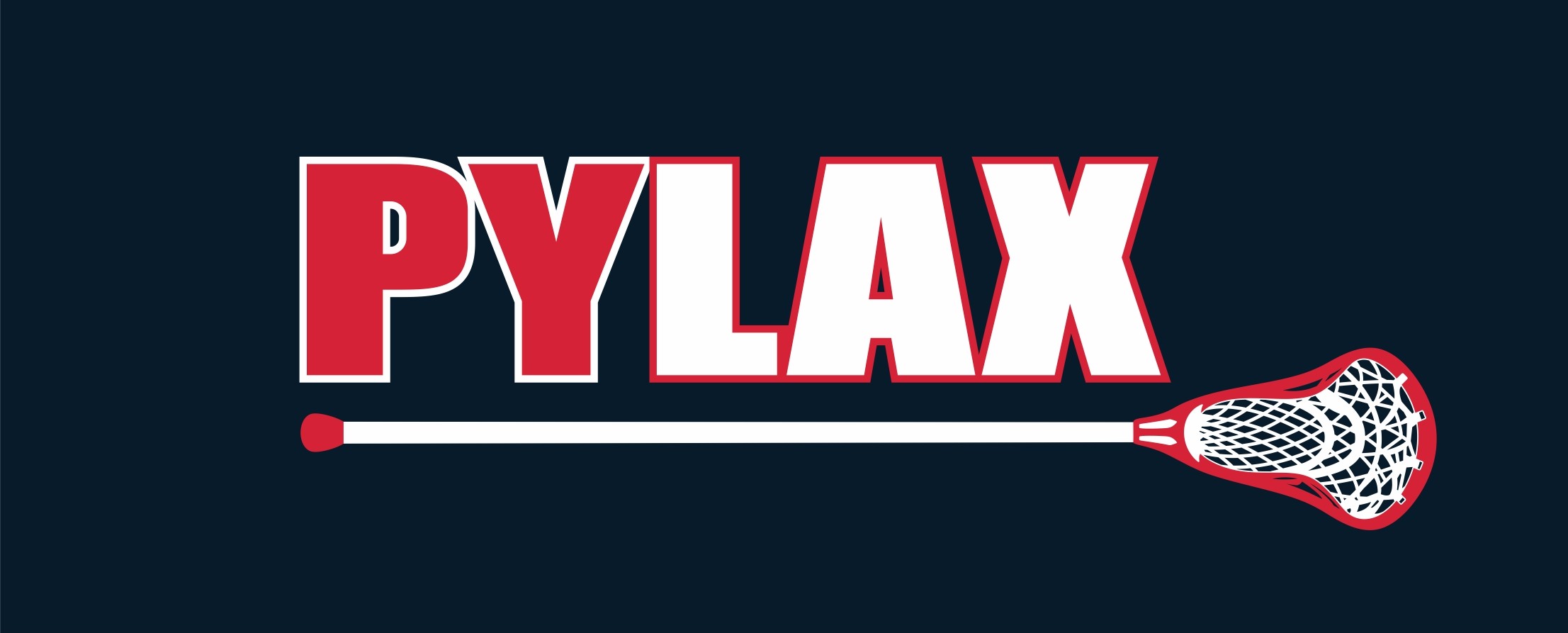Pittsburgh Youth Lacrosse (PYLAX) Concussion Policy
Definition of Concussion:
Means a complex pathophysiological process affecting the brain caused by a traumatic physical force or impact to the head or body, which may include temporary or prolonged altered brain function resulting in physical, cognitive or emotional symptoms or altered sleep patterns; and may involve loss of consciousness.
Recognizing a Possible Concussion
To recognize a concussion, you should watch for the following two (2) things among your athletes:
1. A forceful blow to the head or body that results in the rapid movement of the head
- AND -
2. Any change in the athlete's behavior, thinking, physical functioning (see the signs and symptoms of concussions below)
Symptoms Observed by Coach or Parent
- Appears dazed or stunned
- Is confused about assignment or position
- Forgets an assignment or instruction
- Is unsure of game score or opponent
- Moved clumsily
- Answers questions slowly
- Losses consciousness (even briefly)
- Shows behavior or personality changes
- Can't recall events prior to a hit or fall
- Can't recall events after a hit or fall
Symptoms Reported by Athlete
- Headache
- Nausea or vomiting
- Balance problems or dizziness
- Double or Blurry Vision
- Sensitivity to light
- Sensitivity to noise
- Feeling sluggish, hazy, foggy or groggy
- Concentration or memory problems
- Confusion
- Does not "feel right"
Protocol (Action Plan)
For Practices:
1. Remove the athlete from play. Look for signs and symptoms of a concussion if the athlete has experienced a bump or blow to the head, has reported any symptoms documented above or has any change in behavior, thinking or physical functioning. Athletes who are suspected of having a possible concussion must be removed from play. Take possession of the athlete's helmet.
2. Complete the PYLAX Suspected Concussion Report. Reports are located in the PRACTICE BAG. Alternately Download the report HERE. Complete the report to the best of your ability and give it to the parent(s), guardian or medical professional caring for the athlete.
3. Ensure that the parent(s) or guardian understands that the athlete should be evaluated as soon as possible by an appropriate health care professional. Do not try to judge the severity of the injury yourself.
4. Notify the Lacrosse Director or Lacrosse Coordinator as soon as possible. The Director or Coordinator can assist in evaluating athletes for concussions. In addition, the Director will be tracking and following up on every reported concussion.
When an athlete has been removed from play because of a suspected concussion, the athlete will NOT be allowed to return to play until they have been evaluated by a health care professional with experience in evaluating for concussion AND a letter or note of clearance to return to play has been delivered to the Lacrosse Director (See Return to Play below)
For Games:
PYLAX ensures that an EMT is at each PYLAX Lacrosse game. EMTs are able to perform an initial concussion assessment on any child that may sustain a hit to the head during the game. PYLAX will follow the EMTs medical protocol for addressing and treating concussions.
Return to Play:
It is important to understand that a repeat concussion that occurs before the brain recovers from the first can slow recovery or increase the likelihood of having long-term problems. Prevent common long-term problems and the rare second impact syndrome by delaying the athlete's return to activity until the player receives appropriate medical evaluation and approval for return to play.
To that end, the athlete shall not be permitted to participate in a Pittsburgh Youth Lacrosse practice or game following a concussion until:
- The treating physician has provided a written statement indicating that, in the physician’s professional judgment, it is safe for the athlete to return to play as well as any specific protocol or progression to follow to return to play. Download PYLAX Return to Play form HERE
After the athlete has been cleared by the appropriate medical professional, PYLAX will begin the 6 step program to return to play (Step wise return to Play):
1. Light aerobic exercise to increase heart rate
2. Increased heart rate and incorporate limited body and head movement
3. Integrated non-contact physical activity
4. Reintegration into practice (Non-Contact)
5. Full Contact Practice
6. Return to Game
ImPACT Testing
Our governing body, the Western Pennsylvania Youth Lacrosse Association, recommends that players undergo an ImPACT test prior to the start of the season for purposes of establishing an updated baseline. Recommendations on ImPACT testing and baselines are as follows:
- Baseline screening:
- Children ages 6-9 to should consider undergoing baseline concussion test.
- Children 10-13 years old are strongly encouraged to undergo baseline screenings.
- UPMC Sports Medicine recommends ImPACT testing each year for athletes up to 12 years of age and every two years for athletes over the age of 13. Prior concussion increases testing to every year for age 13 and above.
Links and Resources:
Centers for Disease Control (CDC) Head's Up Program:
PARENTS: Feel Free to Participate in Head's Up Training HERE
US Lacrosse Health and Safety website
